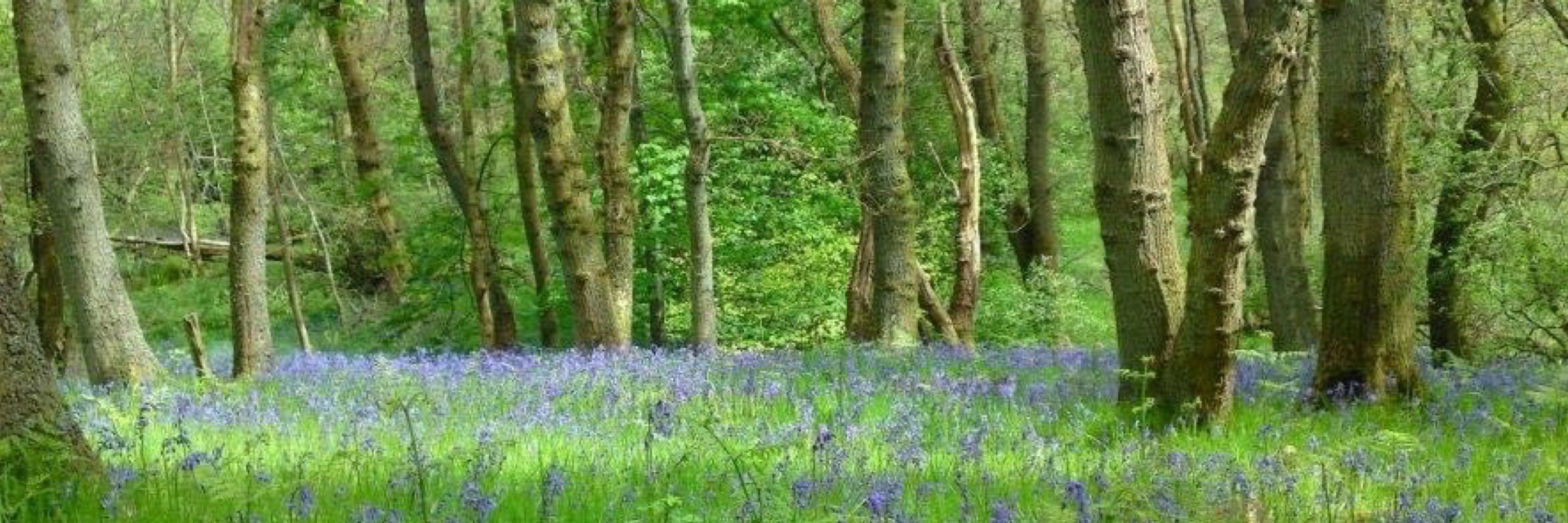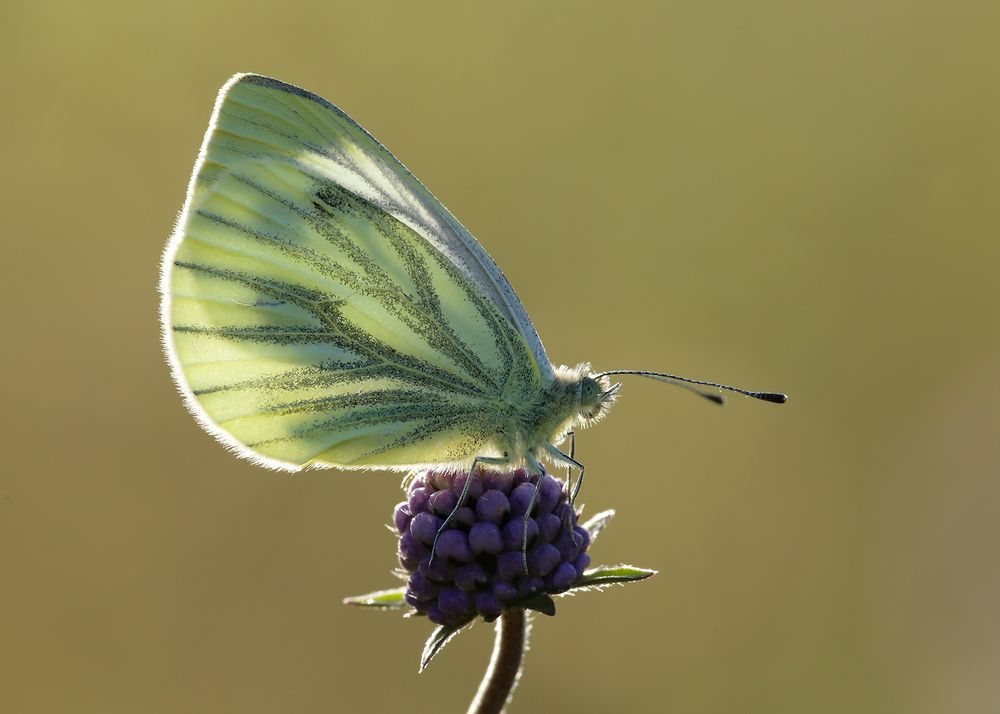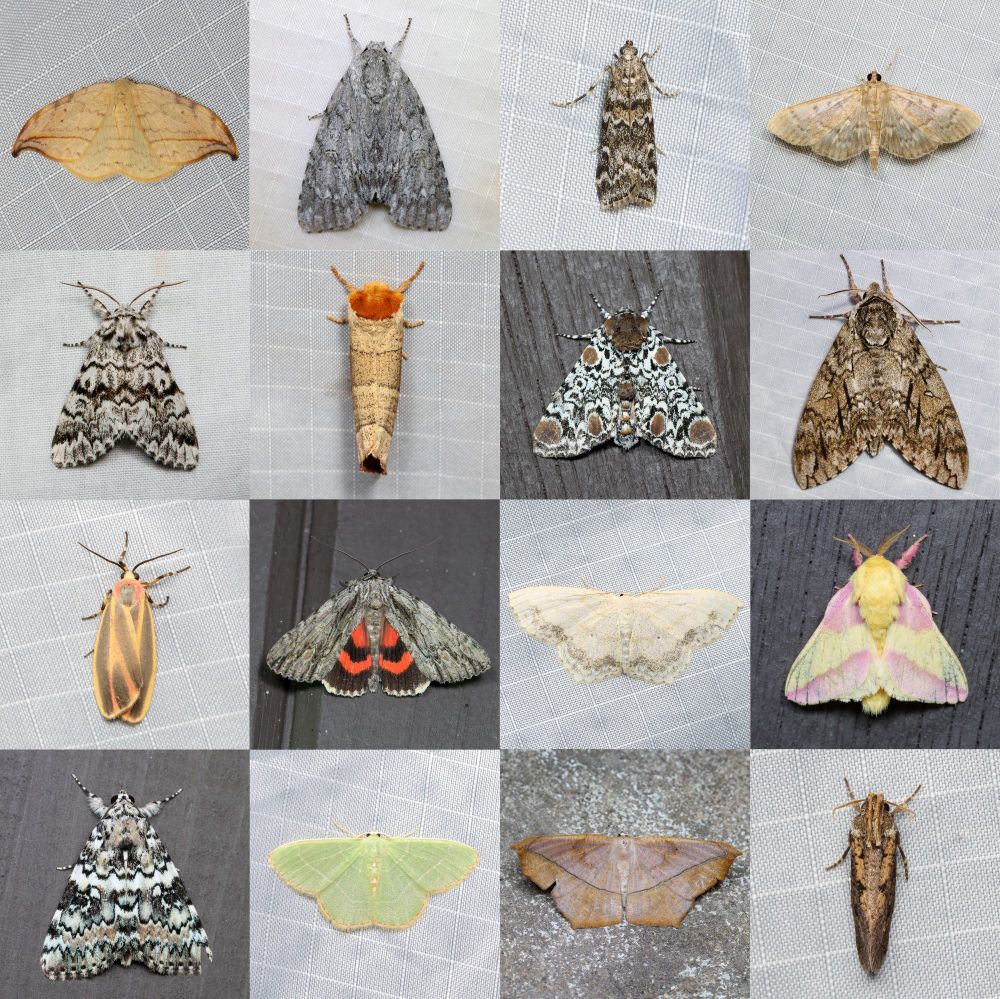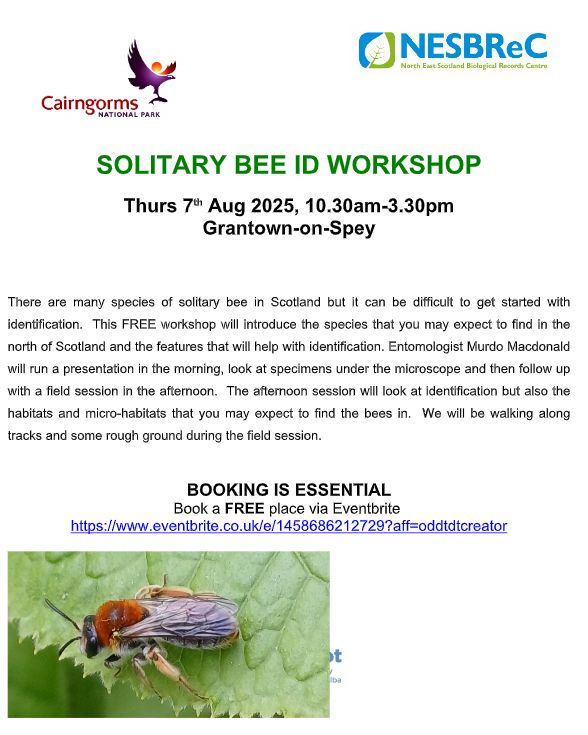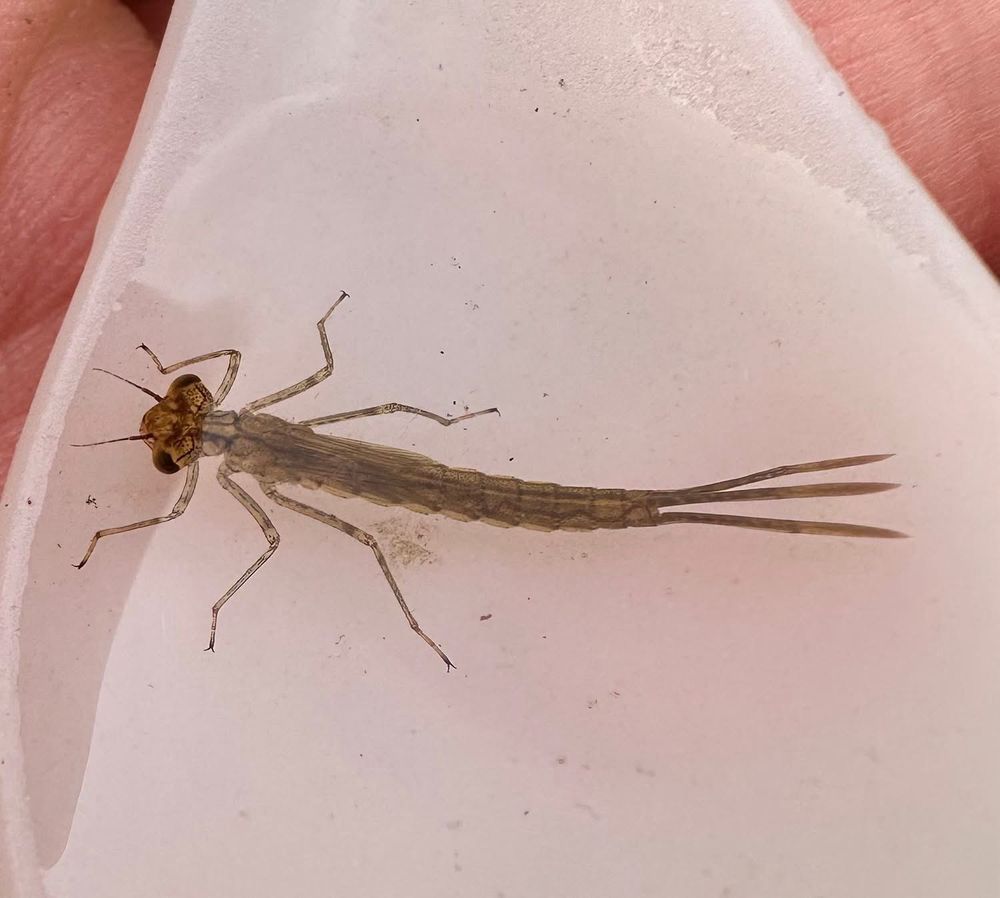Scott Shanks
@scottshanks.bsky.social
490 followers
770 following
72 posts
Professional nature botherer💚 Peatlands, Pollinators & other wee beasties. Ecologist, Biochemist, Bog-trotter, Geek. Based in Moray, Scotland. All own views.
Posts
Media
Videos
Starter Packs
Reposted by Scott Shanks
Reposted by Scott Shanks
Reposted by Scott Shanks
Reposted by Scott Shanks
Scott Shanks
@scottshanks.bsky.social
· Aug 8
Reposted by Scott Shanks
Reposted by Scott Shanks
Reposted by Scott Shanks
